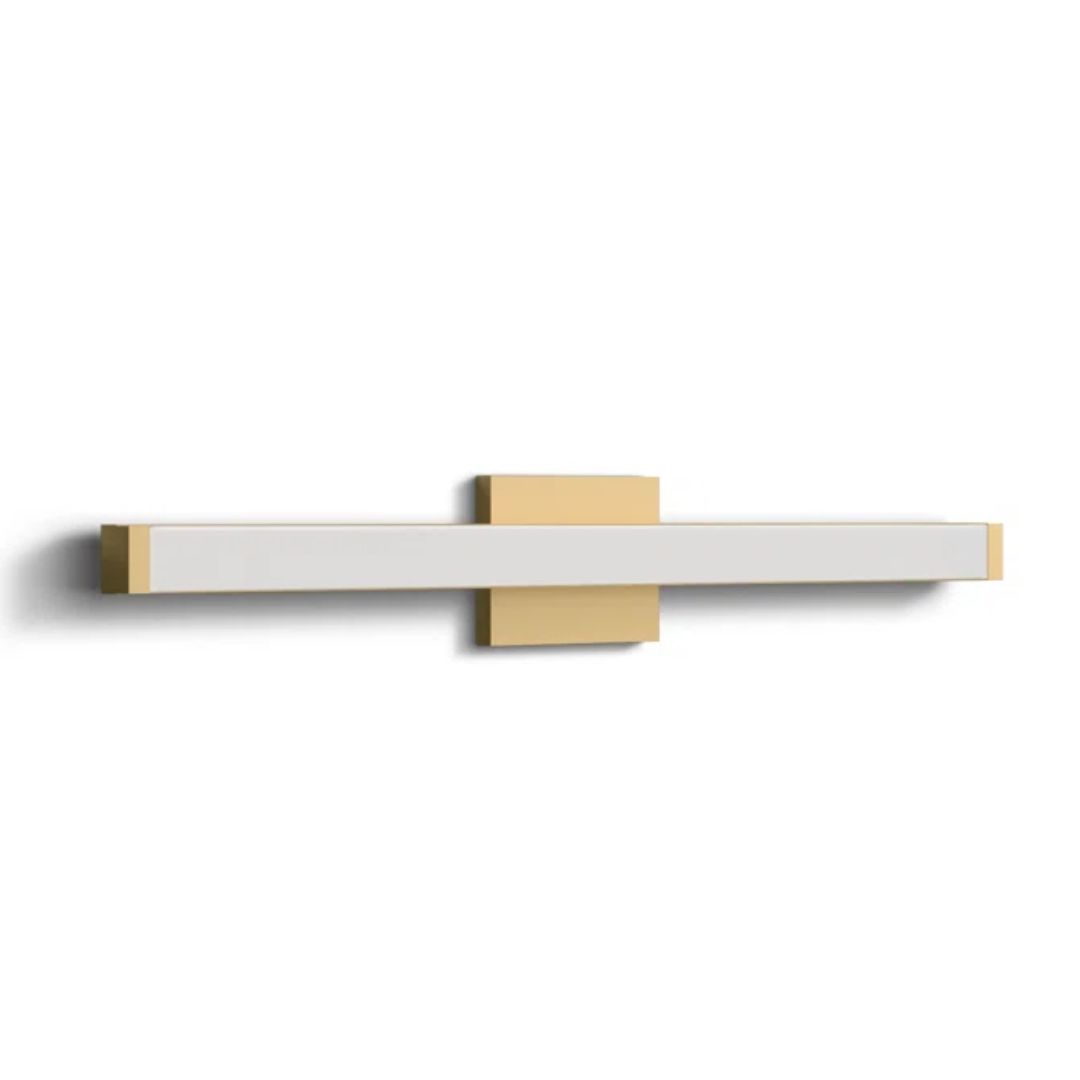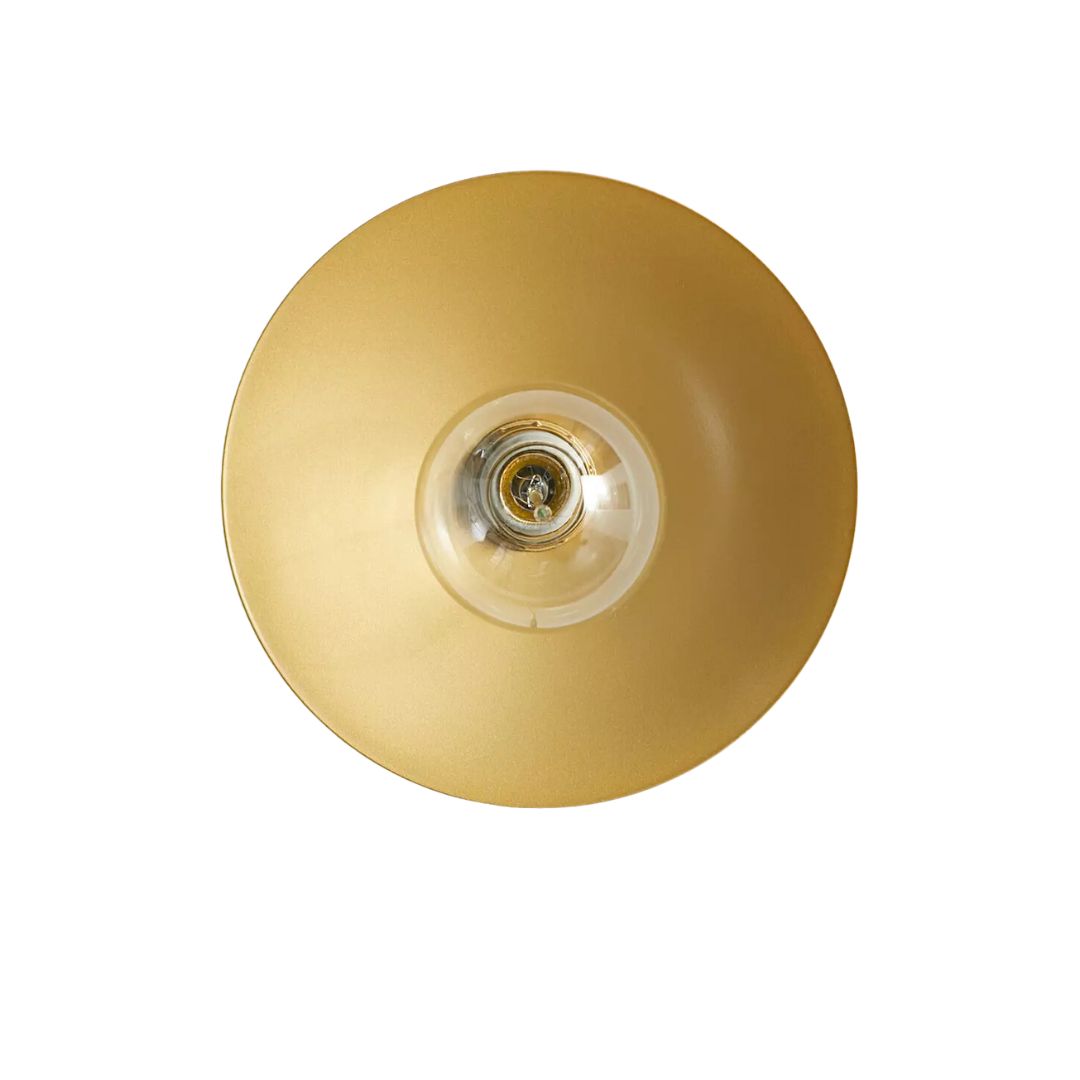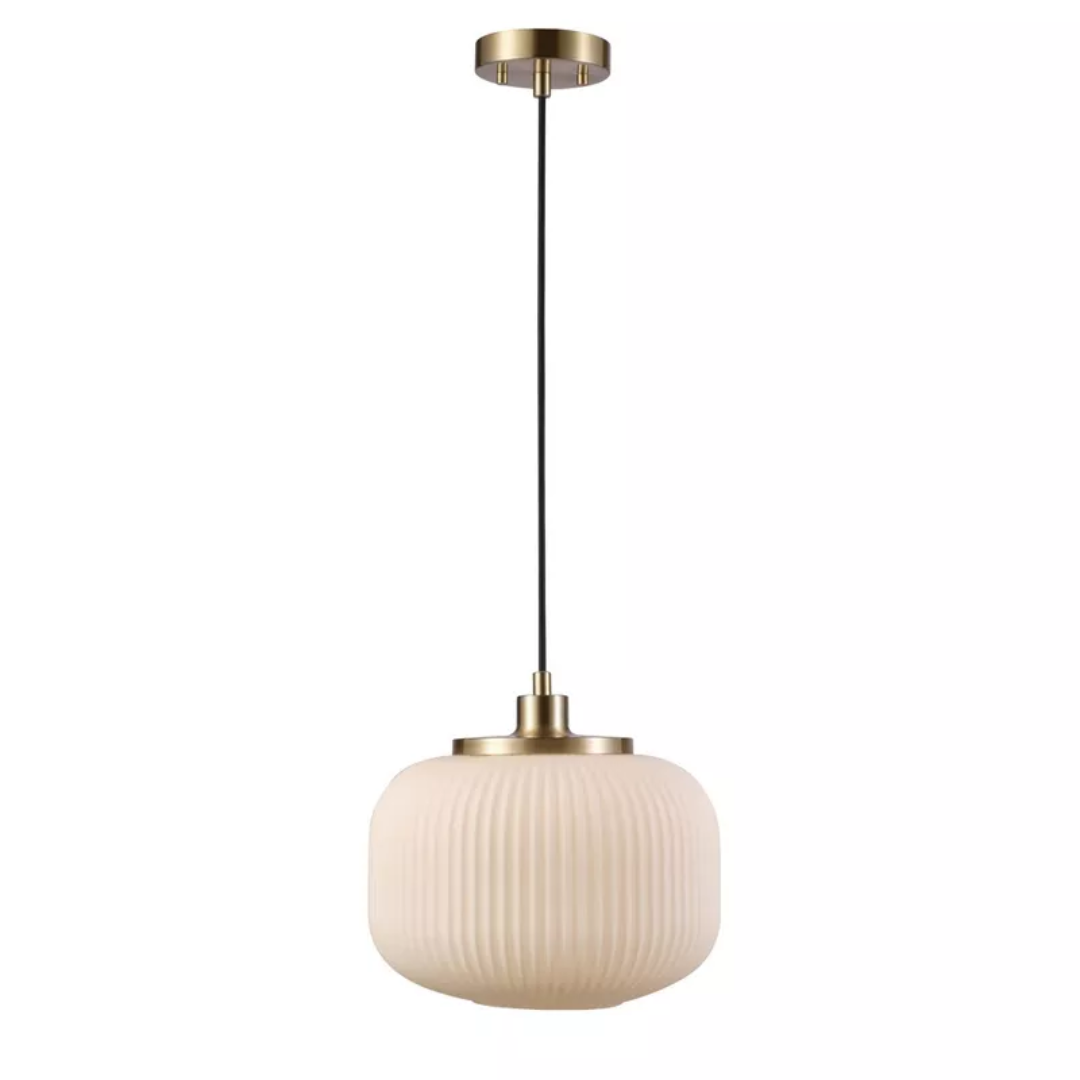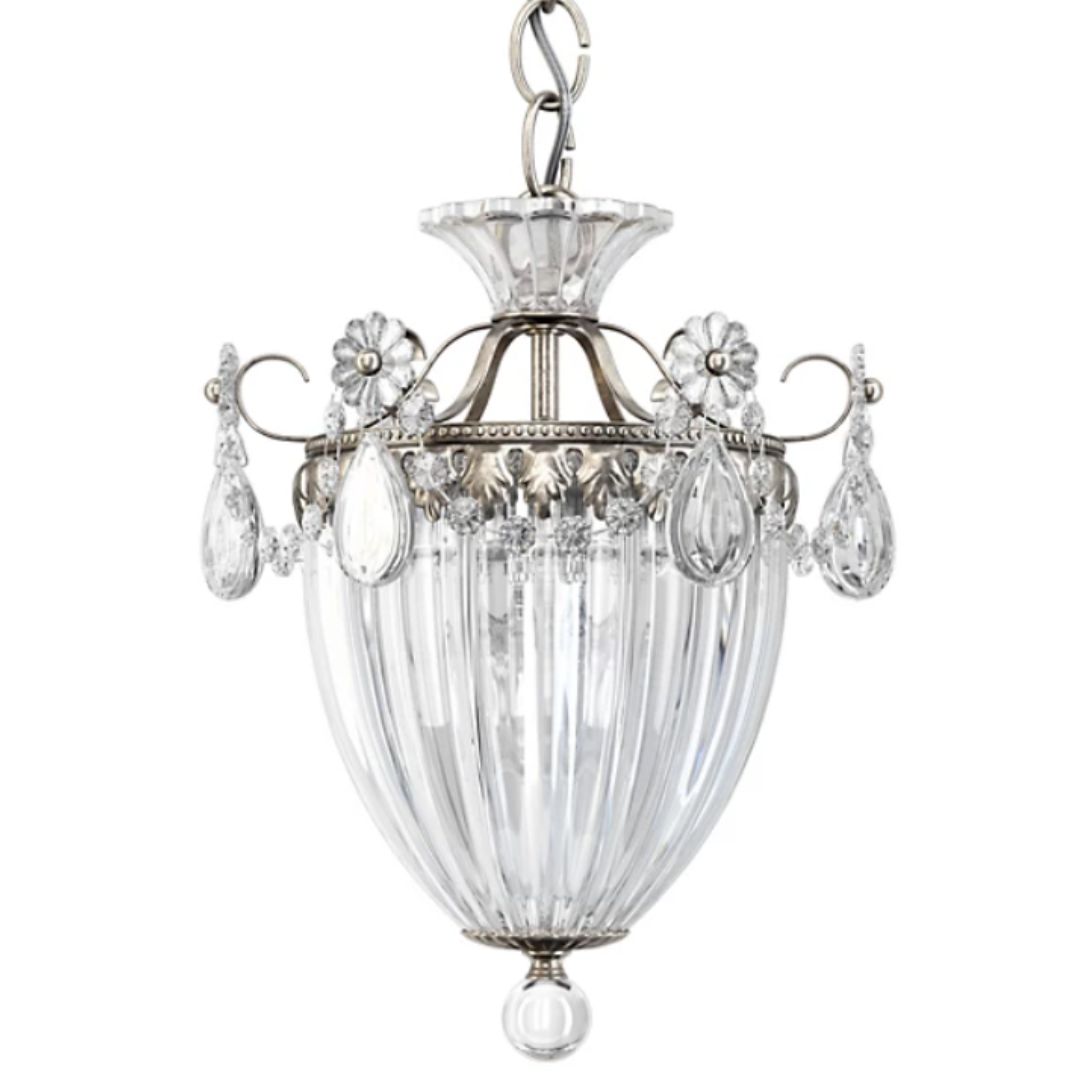5 Bathroom Lighting Mistakes to Avoid — Designers Advise How to Dodge The Most Common Problems
Top design experts have shed some light on the common mistakes people make with bathroom lighting, and suggest ways to give them the flick
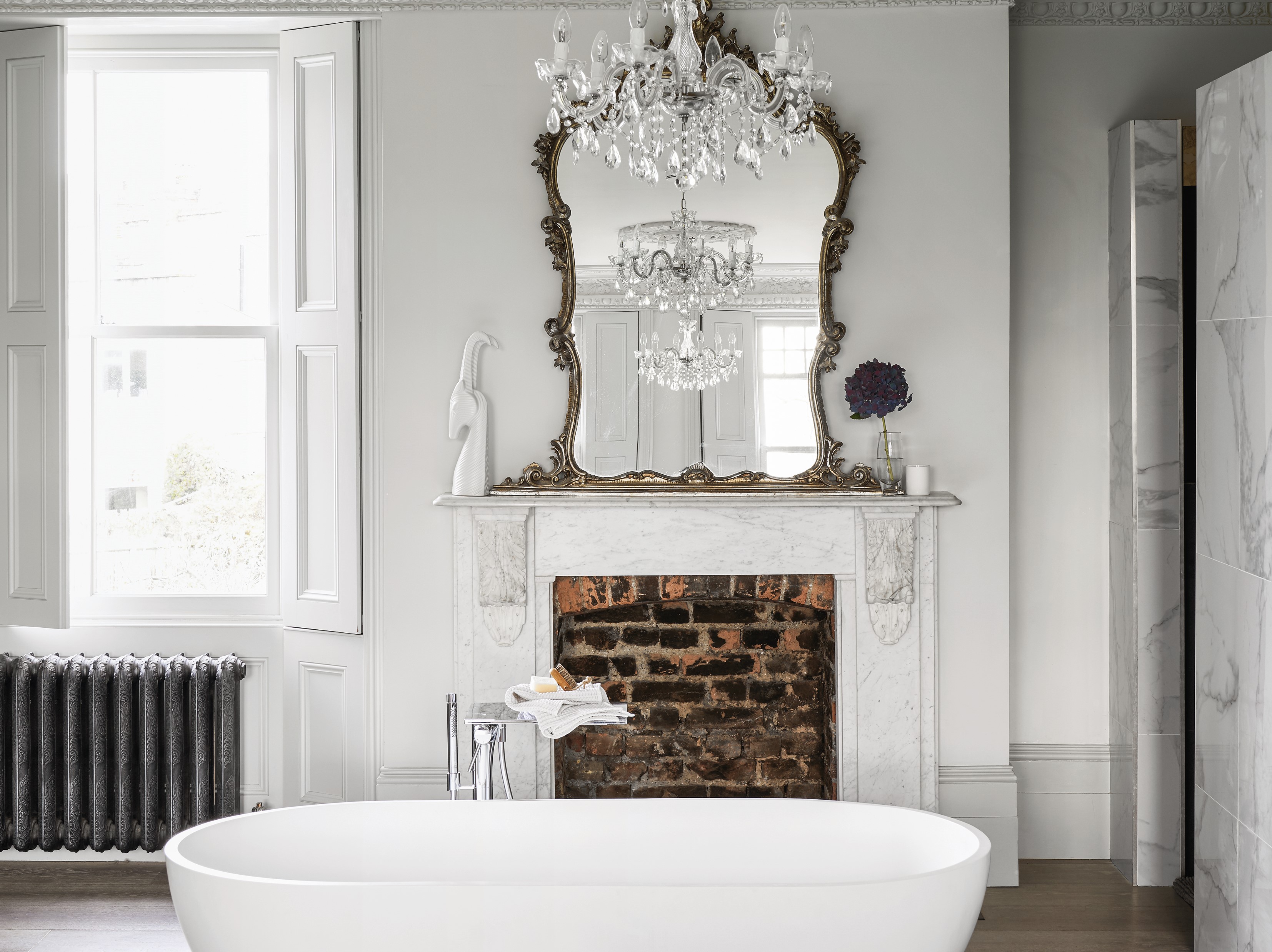

Whether your bathroom is ultra petite or is on the more spacious side, it’s critical to ensure that it’s equipped with sufficient lighting to make getting ready a breeze. This element can help highlight the key design features in the room, ensure safety, and also conjure up a restful and luxurious mood.
All in all, bathroom lighting ideas need to be well-planned and well-executed. That being said, it's very easy to get this element wrong. And when you do, it can bring the whole design of the space down.
To help you avoid falling into such traps, we asked designers to share the most common bathroom mistakes they see when it comes to lighting, that can prevent this space from living up to its full potential. Here's what they had to say, and what they recommended you do instead.
1. Installing One Single Light Above the Mirror

It's important to have sufficient, layered lighting in any modern bathroom. “Unless you're a fan of horror movies, this lighting setup is a big no,” says Rebecca Ward of Rebecca Ward Design, who considers a single spotlight to be one of the most common mistakes she comes across. “The direct overhead can light is harsh and casts shadows across the face."
Instead of opting for such a configuration, she recommends you try another approach. “Move the can light away from the edge of the wall and to the center of the room, where it can provide better overall illumination,” says Rebecca. “Then, bring in bathroom vanity lighting such as a bar light above the mirror, or even better, sconces on either side to give an even, balanced light to the face.”
2. Forgetting to Light the Shower
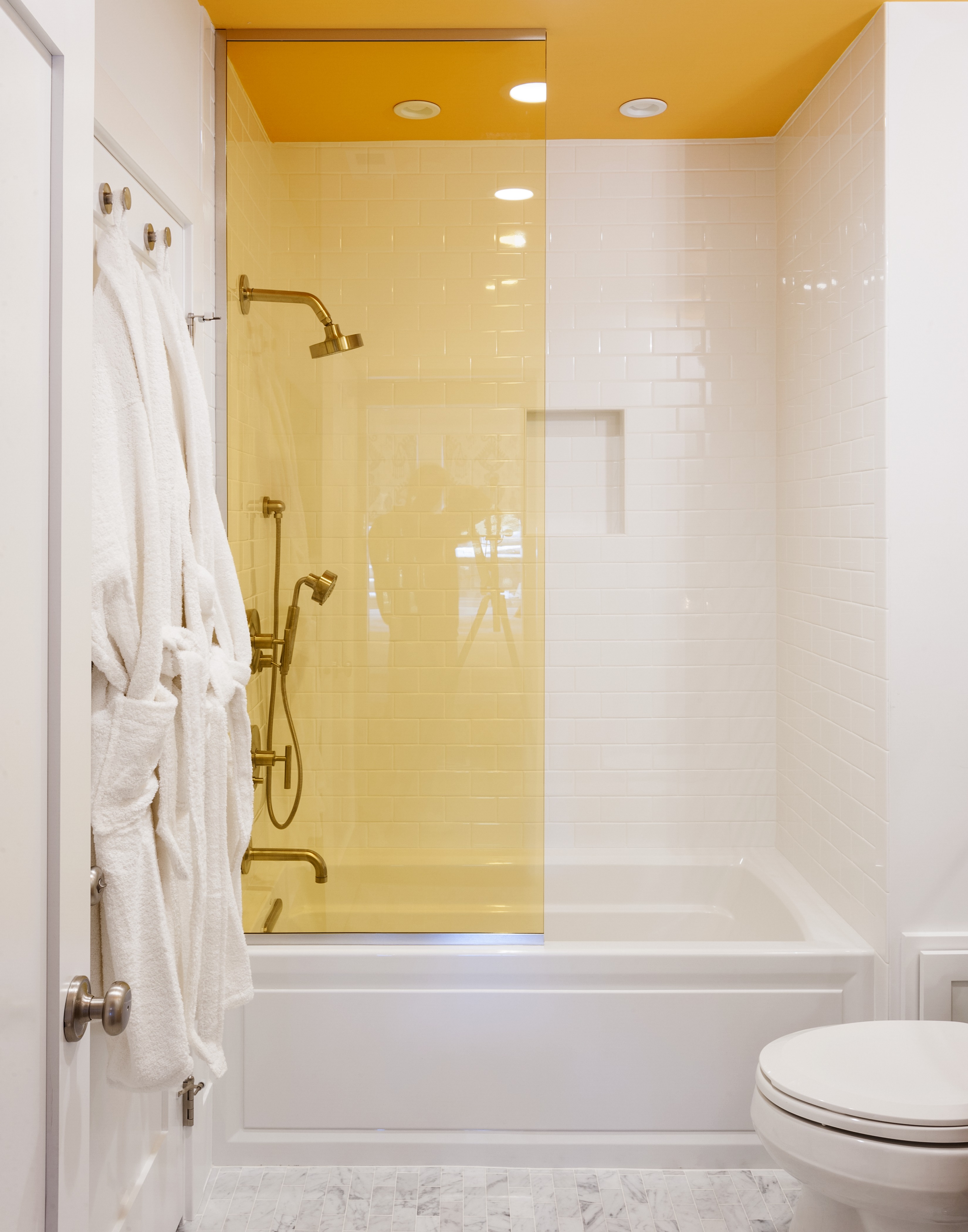
Many people don’t think to add dimmable shower lighting, but incorporating this into your lighting plan is a game-changer, says Brianna Untener founder of New York City-based Brianna Scott Interiors.
“It makes the space much more functional and can give it an ambiance when it's connected to a separate dimmer switch,” she adds.
3. Being Too 'Safe' with Your Lighting

Bathroom lighting can be beautiful, too! Don’t get so wrapped up in practicality that you forget to add some personality through your choice of lights.
“Lighting is a great opportunity to add extra interest to the space and take your bathroom to the next level,” says Brianna, citing chic sconces and funky bathroom pendant lighting or chandeliers as examples of how to have a bit of fun with your choices.
4. Opting for Just One Sconce Between Two Mirrors

Adequate lighting is perhaps most important when it comes to our bathrooms, and a setup with one sconce between two mirrors simply won’t suffice, Brianna says.
“You want to make sure you're being evenly lit when looking into a bathroom mirror, so add a sconce on each side or opt for LED-lit mirrors,” she advises.
5. Using the Wrong Bulb Temperature

You’ll want to look and feel your best as you get ready for the day, and believe it or not, the temperature of your bathroom ceiling lights or lightbulbs can play a big part in this! “Using harsh, cool light can create an unflattering look,” says Rebecca Bobroff, the founder of Chicago-based studio, Rebecca Bobroff Design.
The temperature range of lightbulbs is usually between 2,200K to 6,000K, which refers to the shade of light they give off. To get a warm, yellow light, it's best to choose between 2,000k-3,000K. This temperature not only works in bathrooms but also in the bedroom and living room.
Rebecca suggests using bulbs with a warm color temperature (2700K-3000K) “for a more inviting, attractive atmosphere.”
FAQs
What are some overlooked bathroom lighting mistakes?
Some of the other mistakes people make are choosing mismatched lights for the room, leaving a few corners in the dark, ignoring the need and value of natural light, hanging a pendant or chandelier too low that you risk hitting your head, not adding enough ambient lights in the room, and finally, forgetting to add the fixtures on a dimmer setting.
Be The First To Know
The Livingetc newsletters are your inside source for what’s shaping interiors now - and what’s next. Discover trend forecasts, smart style ideas, and curated shopping inspiration that brings design to life. Subscribe today and stay ahead of the curve.

Sarah Lyon is a freelance writer living in New York City. She primarily covers lifestyle and interior design pieces for top print and online publications. In addition to writing for LivingEtc, Sarah contributes to Arch Digest, Good Housekeeping, House Beautiful, Southern Living, and more. Sarah is also an avid home decorator and offers styling services for interior designers, too. Her own home tours have been featured on websites including Washingtonian.com, The Everygirl, Apartment Therapy, and in Architectural Digest's online DIY section. Sarah has a bachelor of arts degree from Colby College and a master's from the University of Pennsylvania.
-
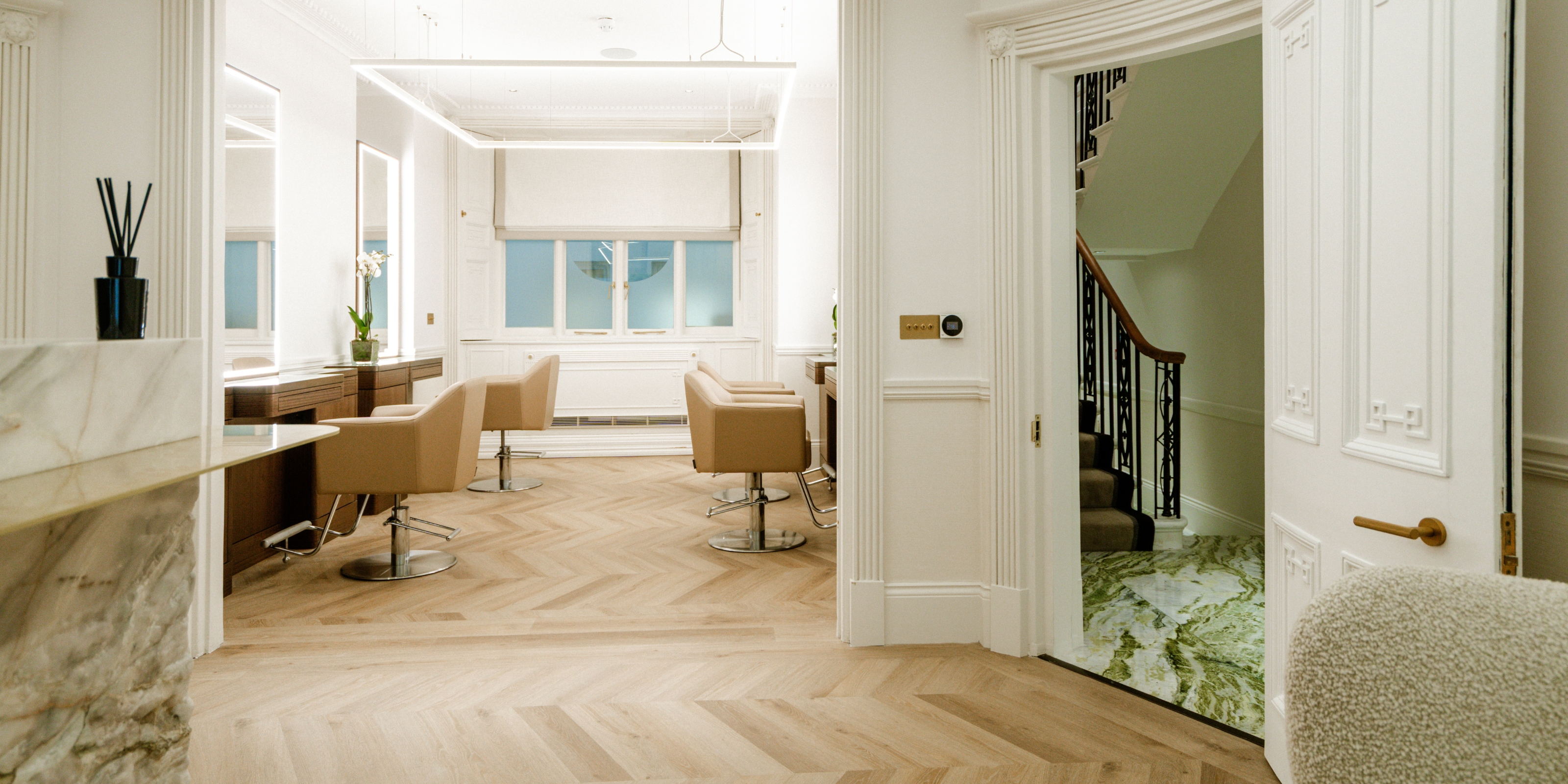 I Got a First Look at The Six, London's Hottest New Wellness Destination — With 5-Figure Design Furniture, Original Artwork, and a Prada-Style Palette
I Got a First Look at The Six, London's Hottest New Wellness Destination — With 5-Figure Design Furniture, Original Artwork, and a Prada-Style PaletteHoused in a Grade II-listed townhouse, the Mayfair hub injects character and intimacy back into the hairdressing experience through sleekly crafted interiors signed by Argent Design
-
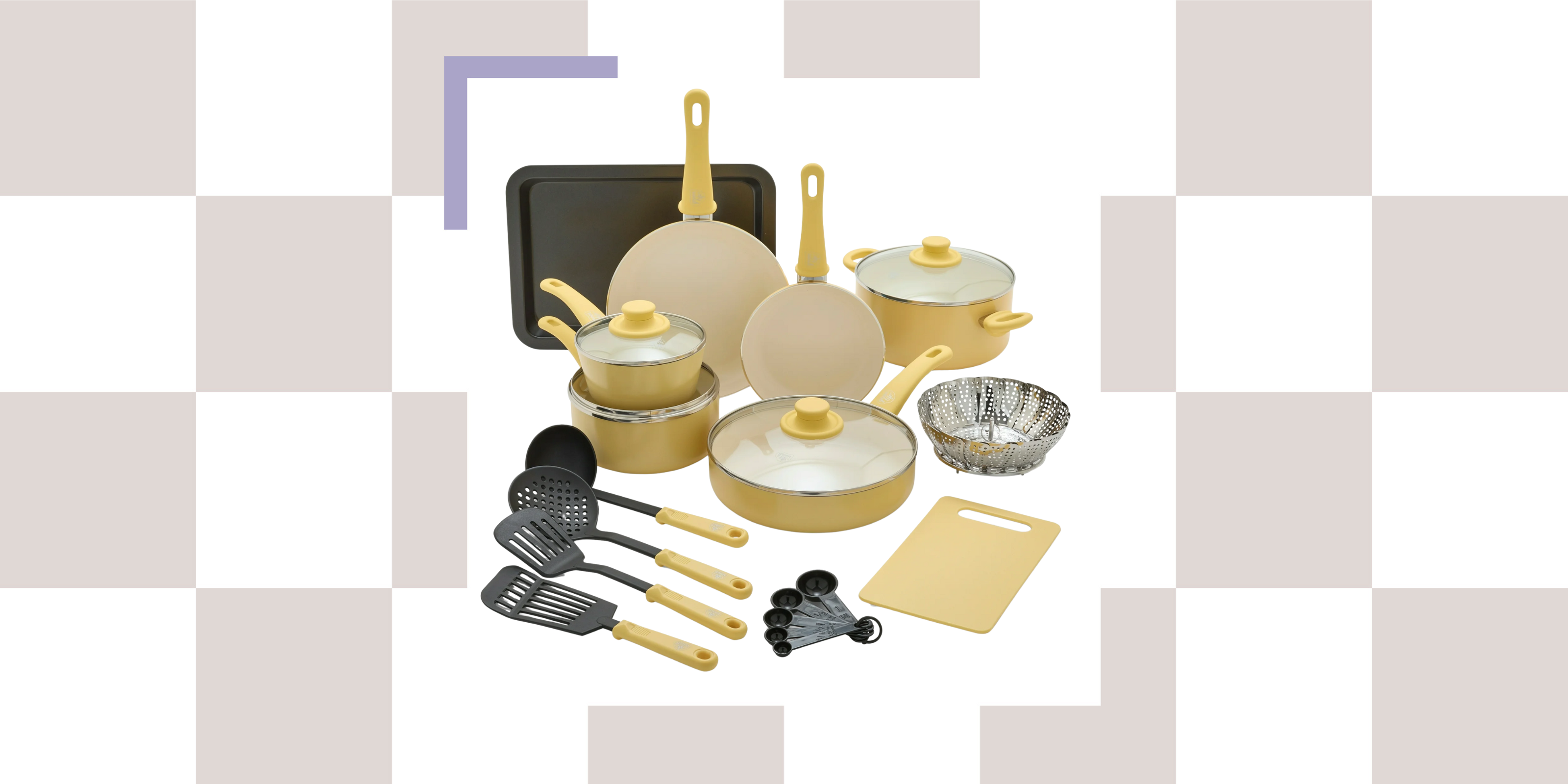 Butter Yellow in the Kitchen Just Makes Sense, but This Stylish 18-Piece Cookware Set Seals the Deal (and It's Less Than $100)
Butter Yellow in the Kitchen Just Makes Sense, but This Stylish 18-Piece Cookware Set Seals the Deal (and It's Less Than $100)It includes two frying pans, two sauce pans, a sauté pan and so much more, all in the delectable shade — what could be better?
-
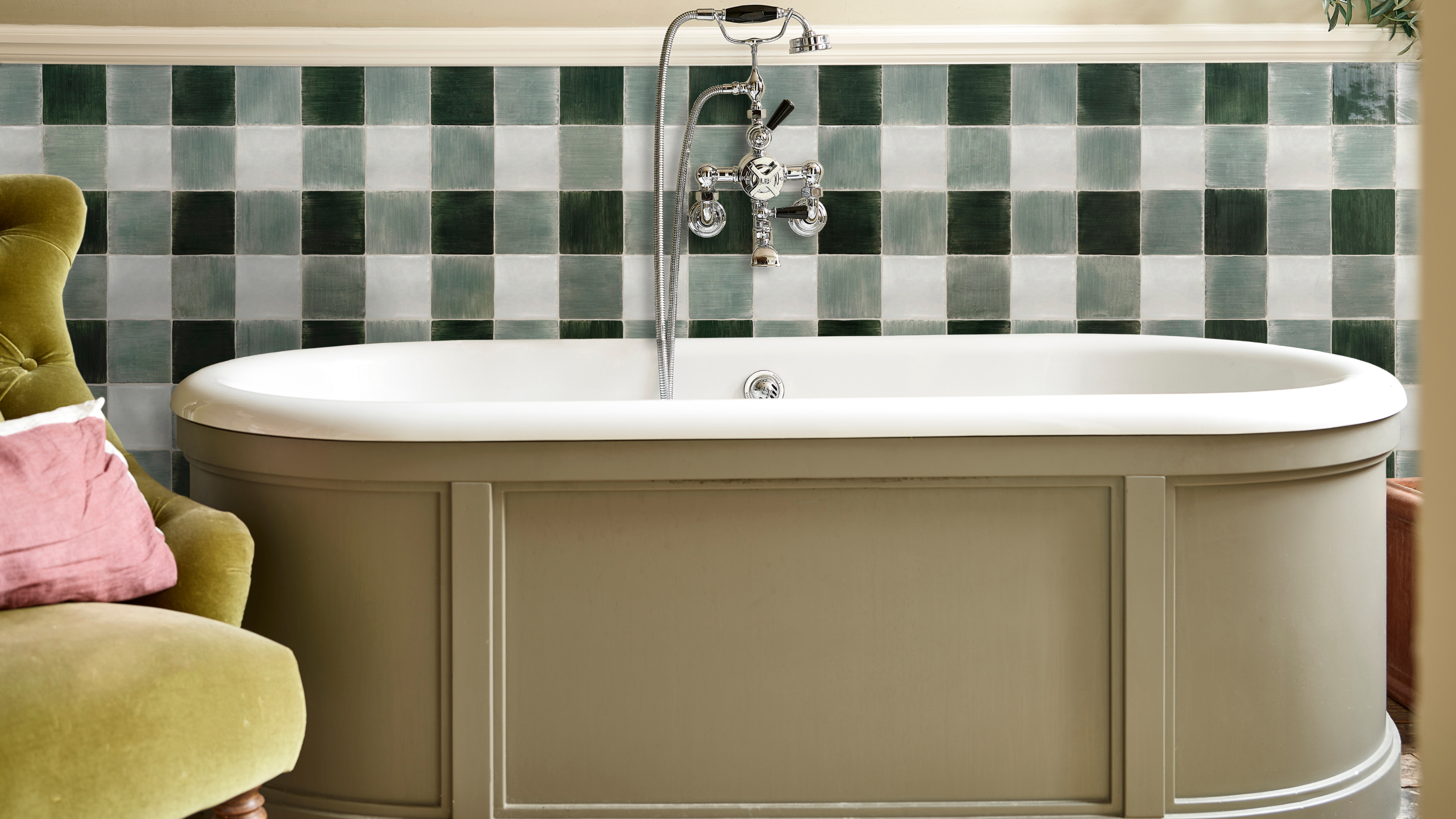 This 'Plaid' Trick Might Be the Best Way to Make Simple Tiles Look Designer in a Kitchen or Bathroom
This 'Plaid' Trick Might Be the Best Way to Make Simple Tiles Look Designer in a Kitchen or BathroomNot just for picnic blankets and school uniforms, plaid and gingham have found a new home on your bathroom walls
-
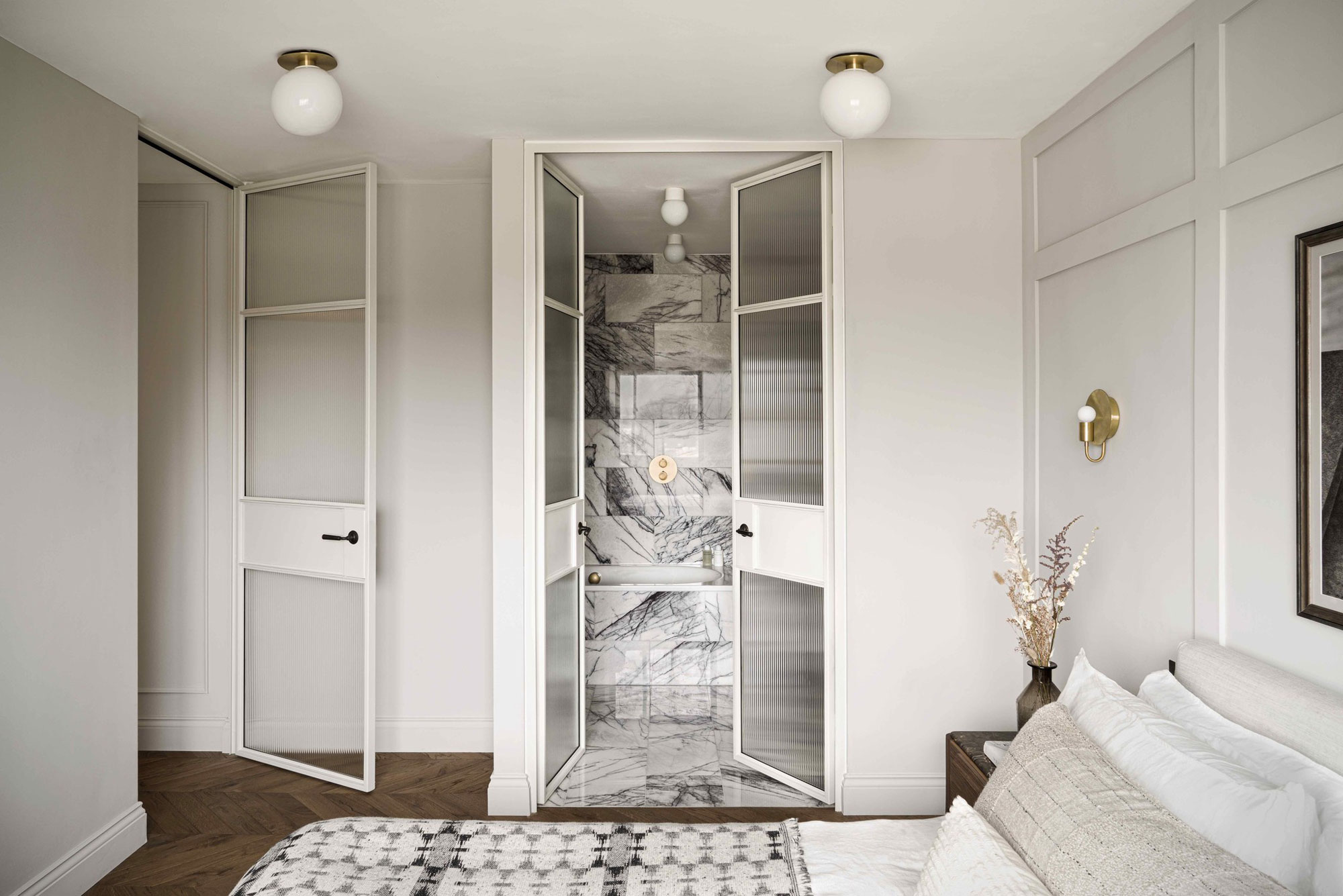 How Much Does It Cost to Add an En-suite Bathroom in 2025?
How Much Does It Cost to Add an En-suite Bathroom in 2025?Get to grips with the latest costs before you upgrade your en-suite
-
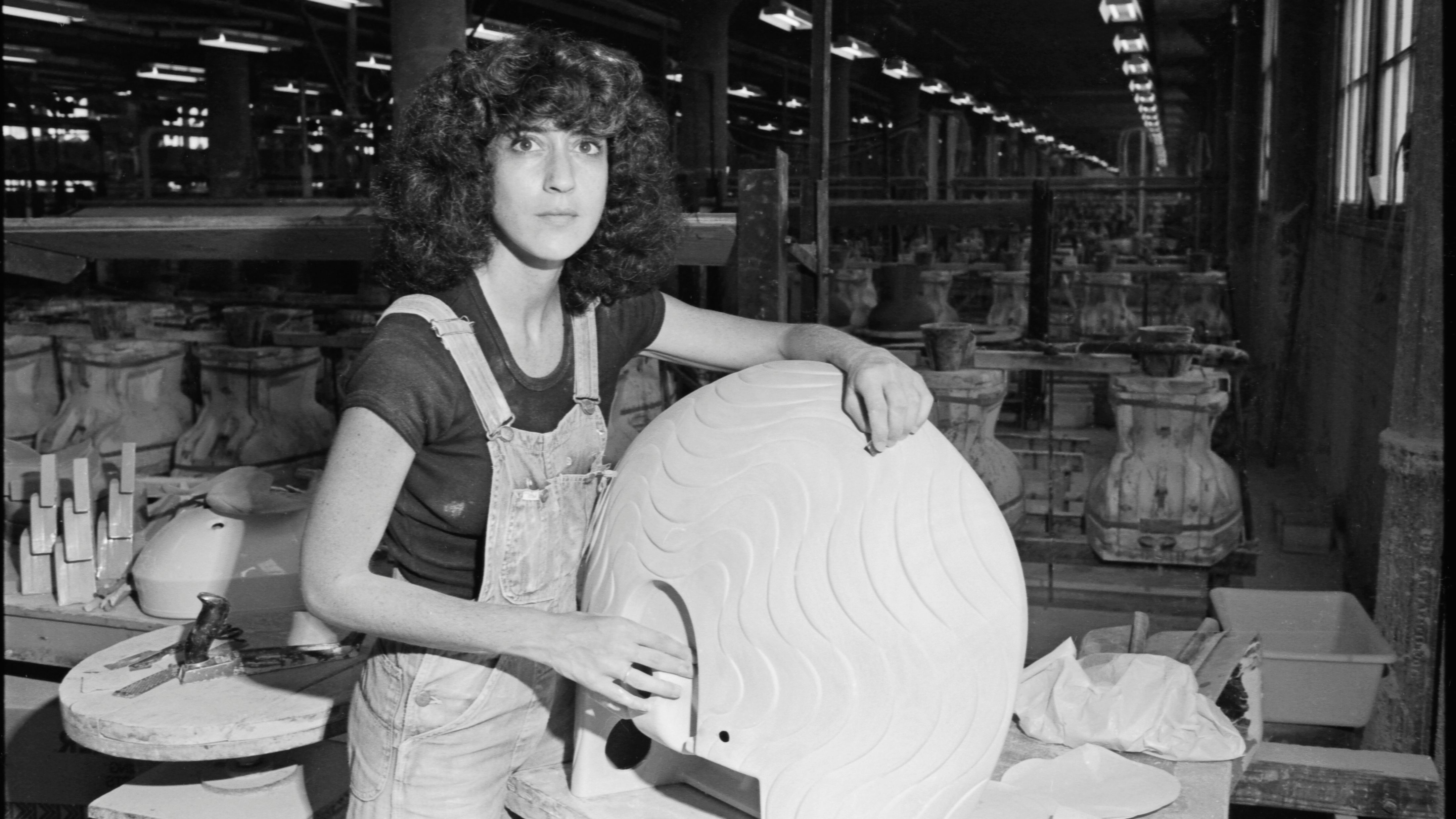 From Leopard Print Vanities to Modern Amorphous Basins — How This 40-Year-Old Avant-Garde Initiative Changed the Bathroom Forever
From Leopard Print Vanities to Modern Amorphous Basins — How This 40-Year-Old Avant-Garde Initiative Changed the Bathroom ForeverKohler’s Artist Editions celebrates 40 years of turning sinks, basins, and toilets into collectible design — pushing the industry forward without ever losing sight of real life
-
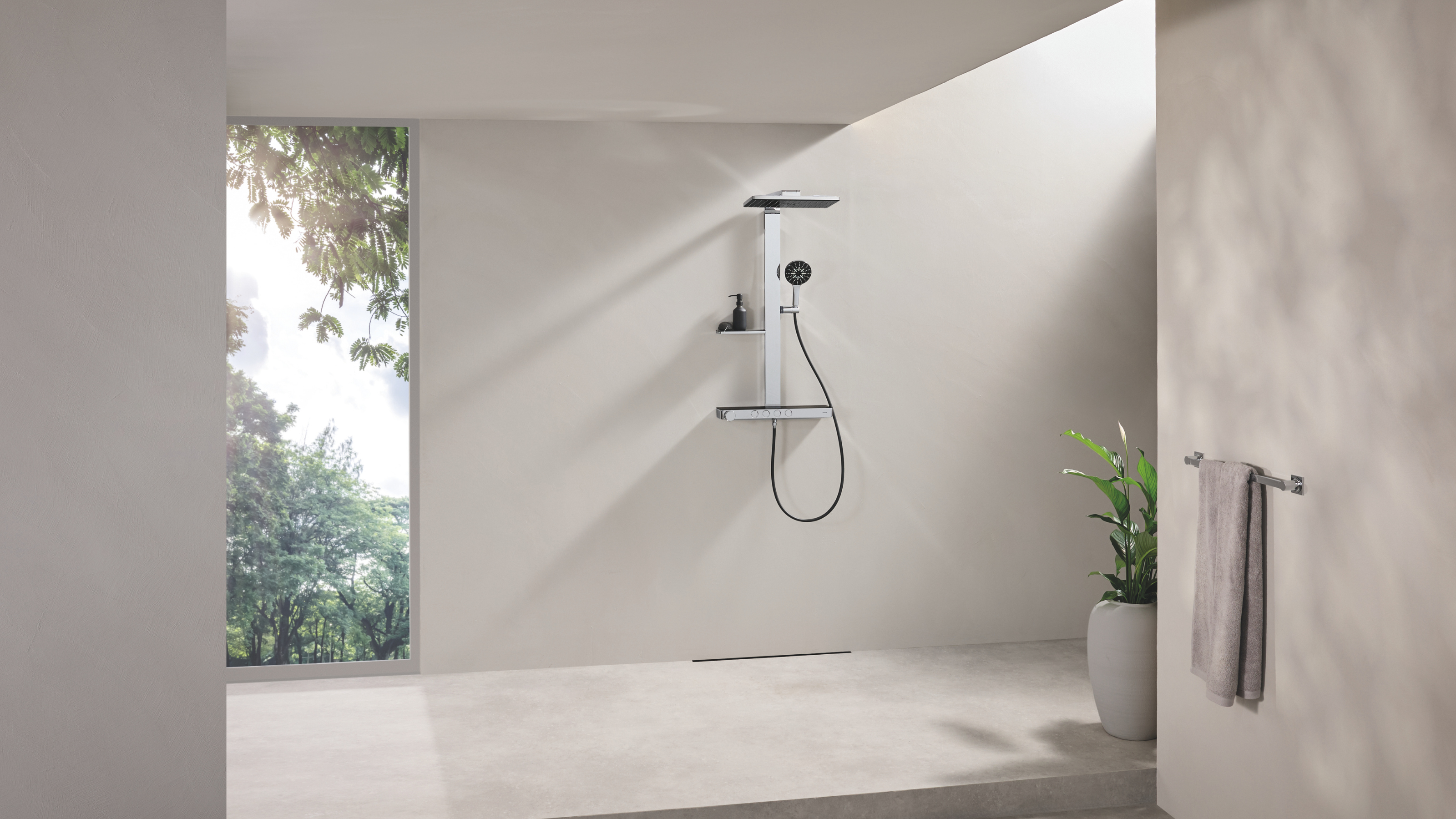 5 Smart Bathroom Tech Trends to Adopt in 2025 That Make This Space Such a Joy to Use
5 Smart Bathroom Tech Trends to Adopt in 2025 That Make This Space Such a Joy to UseStill got a regular flush toilet? Yawn... Upgrade your space with the tech trends that are the future of modern bathroom design.
-
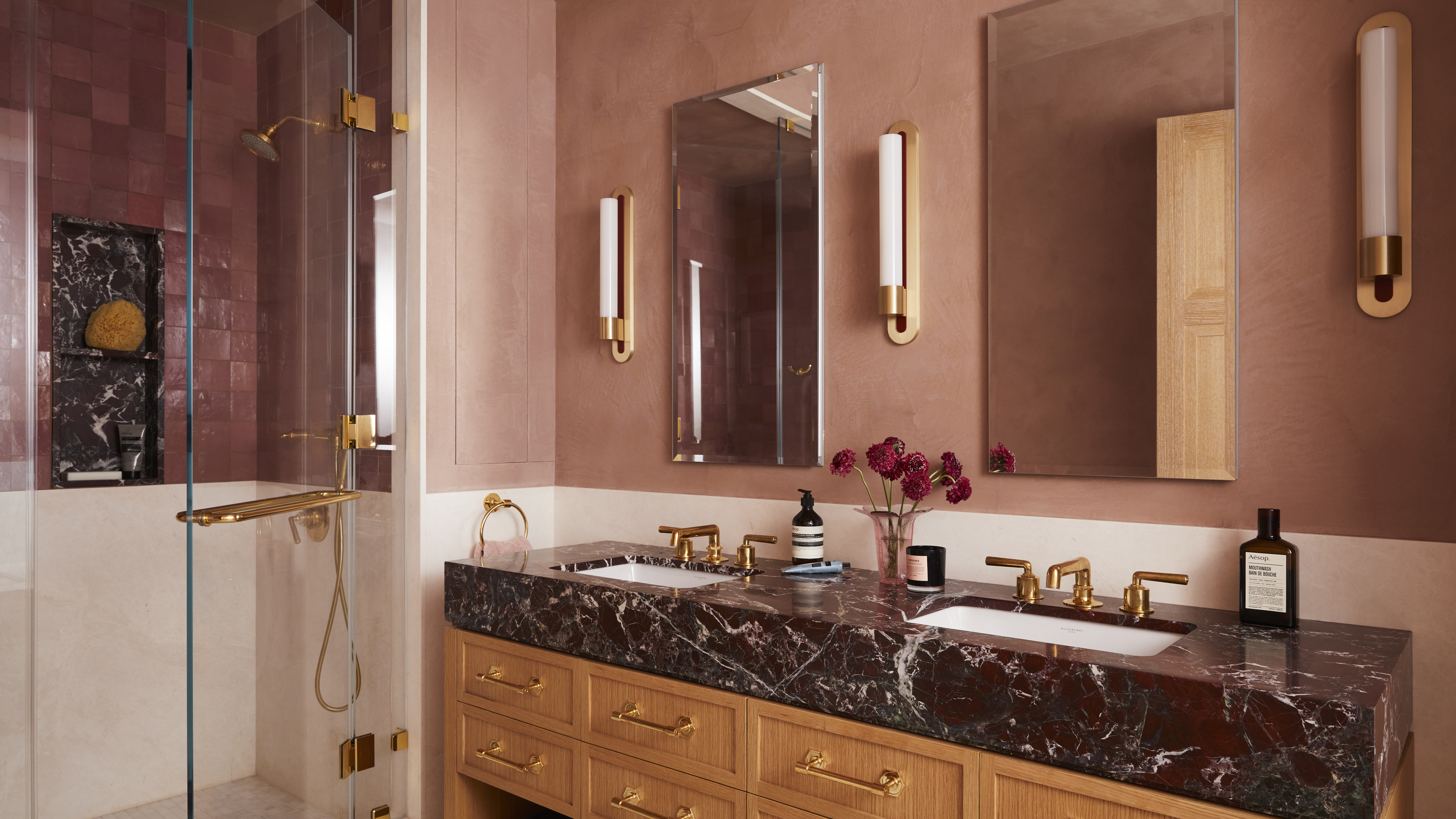 5 Bathroom Paint Mistakes to Avoid for a More Durable, Longer-Lasting Wall Color
5 Bathroom Paint Mistakes to Avoid for a More Durable, Longer-Lasting Wall ColorPainting a bathroom requires extra care and attention if you want a perfect finish that promises to last
-
 10 Small Bathroom Storage Ideas That Will Cull Clutter and Keep Even Tiny Spaces Feeling Calm
10 Small Bathroom Storage Ideas That Will Cull Clutter and Keep Even Tiny Spaces Feeling CalmUnlock the storage potential hidden in your small bathroom and squeeze stashing space from every corner
-
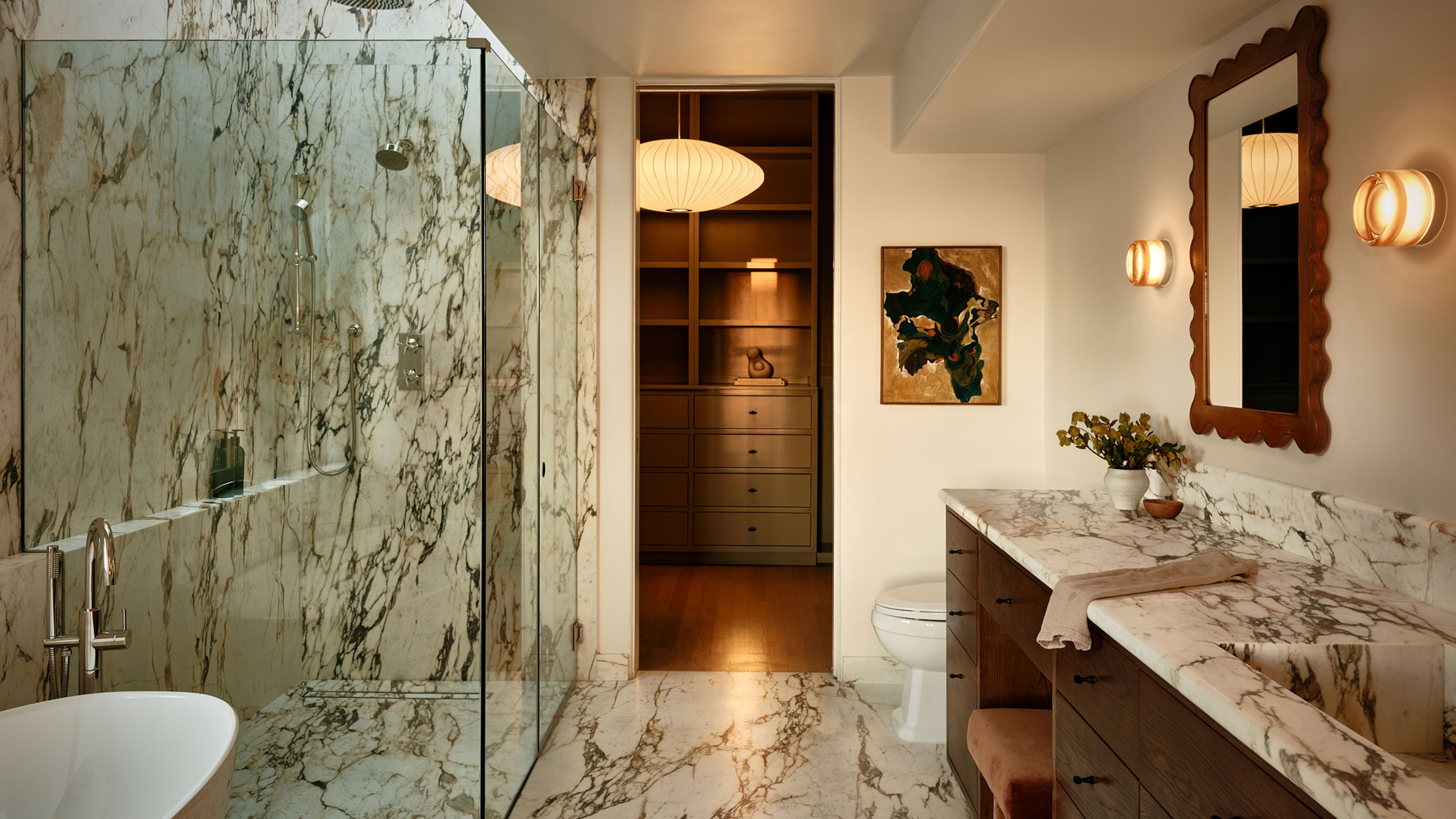 How to Take the (Very) Awkward Space Under Your Bathroom Sink From Chaotic to Orderly
How to Take the (Very) Awkward Space Under Your Bathroom Sink From Chaotic to OrderlyHere are seven smart ideas to keep all your essentials easy to find and perfectly organized
-
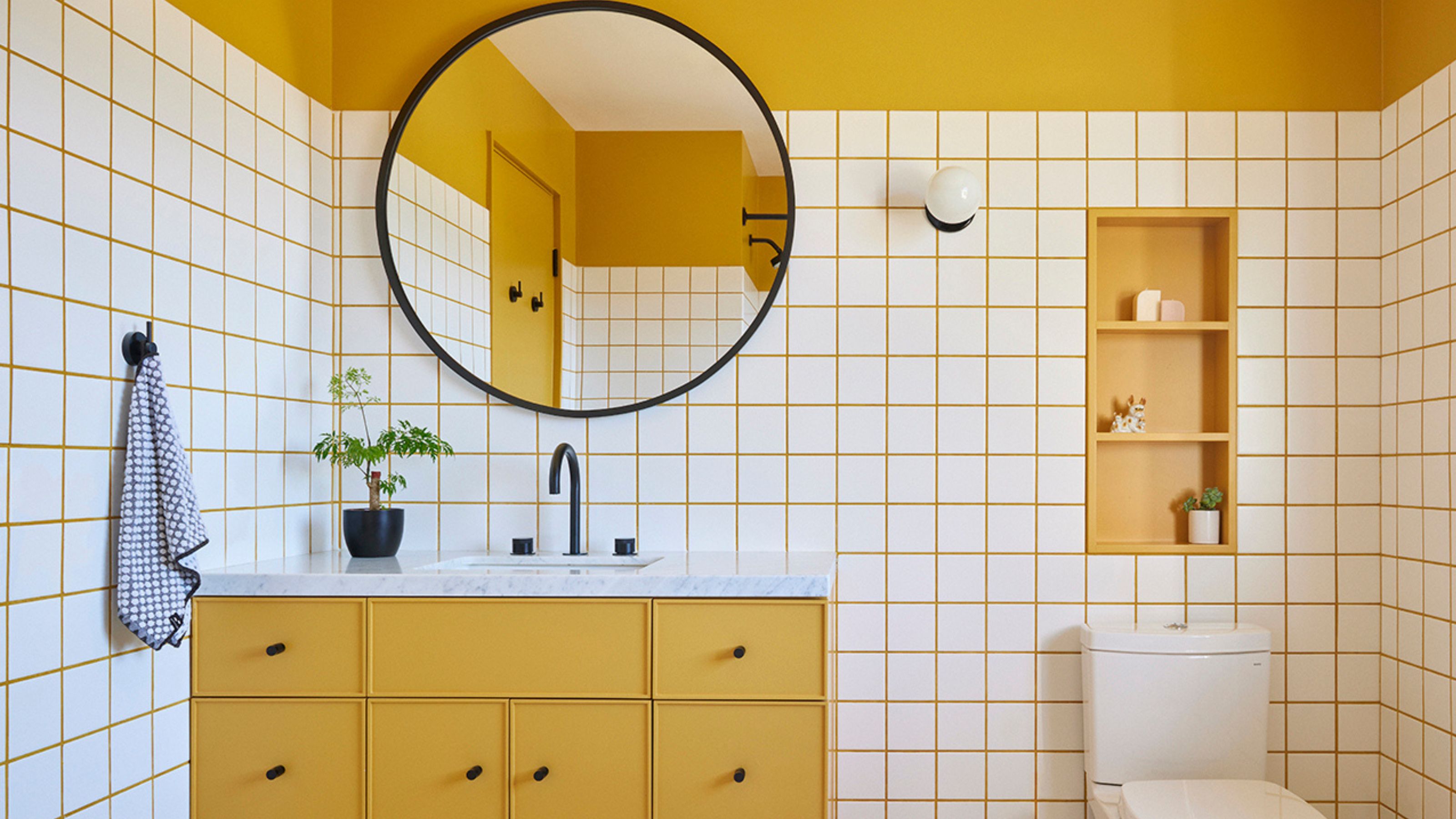 10 Yellow Bathroom Ideas That Vitalize Your Mornings and Look Unexpectedly Sophisticated While Doing So
10 Yellow Bathroom Ideas That Vitalize Your Mornings and Look Unexpectedly Sophisticated While Doing SoYellow is a color that by its very nature is energetic and full of life, and these designers have proved it's ideal for a bathroom

